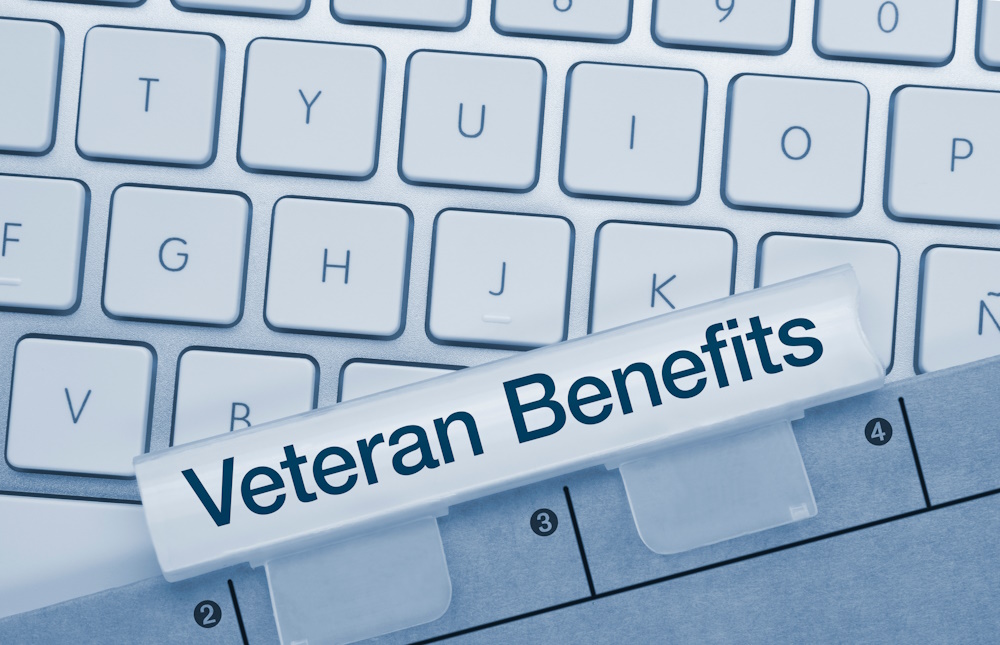I. Introduction
Have you ever considered applying for Veterans Affairs (VA) benefits, or are you daunted by the prospect of navigating the formalities? As this article will explain, the VA benefit program exists to provide support and facilitate smoother transitions for our veterans into their post-service lives. Far from being an overwhelming endeavor, this in-depth guide aims to shine a light on each step of the VA application process, so this procedure’s true value can be uncovered.
II. Understanding VA Benefits
VA benefits encompass a range of services, explicitly designed to assist veterans and their families. These benefits include VA health care, offering comprehensive coverage including preventative, primary, and specialty health care, education benefits, housing benefits for homeless veterans, and financial aid. Disability compensation exists to aid any disabled veteran with injuries or illnesses obtained during active duty. Another significant VA benefit is the VA pension provided for veterans and their families, an important safety net supplementing post-service life.
Benefits can only be given to eligible veterans, which is where the application process comes in. Veterans can apply for the benefits they feel they deserve, and Veterans Affairs will make a decision on those benefits. Should the veteran disagree with the decision, there is also an appeals process.
III. Preparing to Apply
Appropriate preparations are crucial to the VA application process. To start, gather the necessary documents, such as discharge or separation papers, medical records, and dependency records. Organizing your documents at the start will save you so much time later on when you would have to track them down from different sources quickly. For instance, separation papers can commonly be found with military service records, while medical records are often stored by healthcare providers. Accurate tracking and verifying of these documents ensures a smoother application process. Correct and thorough documentation helps the whole process—eliminating errors early on will protect against unnecessary delays.
IV. The Application Process
Delving into the VA application process can feel overwhelmingly bureaucratic, but dissecting it into manageable stages can make it more manageable. The first step involves completing the application VA form, either an online application, or submitting a physical VA form at one of the state Veterans Affairs offices, or by mail, whatever the veterans preference. The average VA application process can range widely from a few months to over a year. Make sure you are attentive during the process and keep track of all documents and additional information you need along with your claim number. The claim number, a vital tool, ensures veterans can manage their applications and address possible issues following application submission.
V. Common Mistakes to Avoid
Certain errors may complicate and extend the application process. Vigilance and avoidance of these errors will save you time and stress. Some common mistakes include incomplete applications, incorrectly filled forms, and the submission of outdated records. However, with appropriate attention to detail and cross-checking, these mistakes can be promptly averted.
VI. Post-Application—What’s Next?
Upon submission, there will be an extended waiting period. There’s no universally fixed amount of time due to the variability of cases. During this time, productive actions such as tracking the application status provide constructive engagement, keeping the veteran in control of their application’s progress.
VII. Filing a Claim for Increased Disability Compensation
Sometimes, due to an escalated health issue, a disabled veteran might need to file a claim for increased disability compensation and VA health benefits. This process is crucially dependent on specific conditions and necessitates the correct filing of the claim highlighting the changes in the health status. In such scenarios, reaching out for professional assistance from a VSO might be pivotal. These trained professionals work as an intermediary, facilitating smoother communication with the VA and easing the claim filing process.
VIII. Rejection and Appeal Process
Coping with rejection isn’t easy, but it doesn’t spell the end of the VA benefits quest. An appeals process exists for denied claims. It’s crucial to file an appeal within a year of receiving the decision. During this period, legal assistance often plays a vital role in providing veterans with the guidance they might need to transform a negative outcome into a positive one. In addition, keep in mind all the available VA outreach events and resources that are available to veterans regardless of their benefits status.
IX. Tips for a Successful VA Benefits Application
There are a few things you can do to assist in the steps toward a successful VA Benefits Application. Exhaustive research, meticulous paperwork, preserving patience during the waiting period, understanding the eligibility criteria, and seeking expert advice on complex matters will all help your case.
X. Conclusion
The VA application process can seem like a maze at the start, but as this guide has hopefully demonstrated, correct understanding and step-by-step navigation can simplify the journey. The process does not have to be an impossible challenge. Keeping an eye on the course, ensuring accuracy in documentation, and maintaining patience will undoubtedly lead to successful outcomes. We urge veterans and their families to staunchly pursue this route, keeping in mind the light at the end of the VA application process tunnel – a range of well-deserved benefits.


